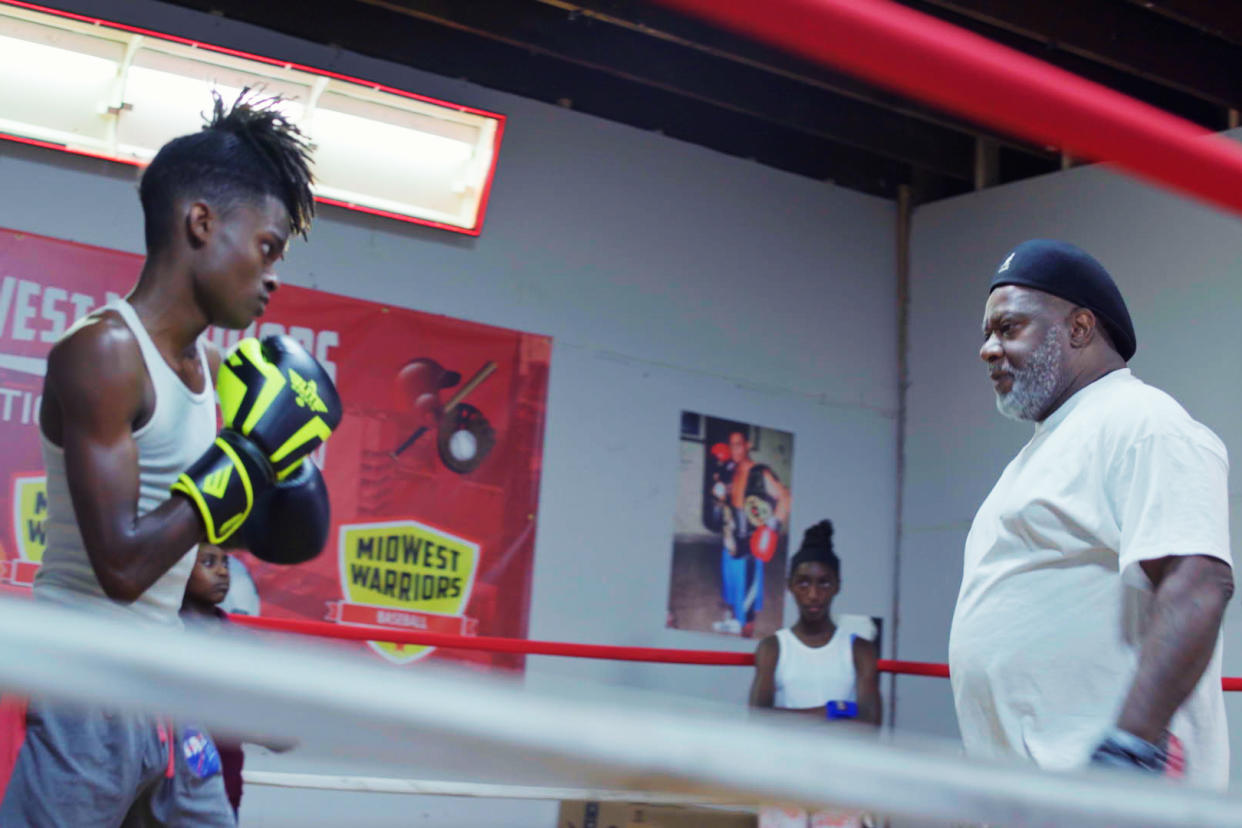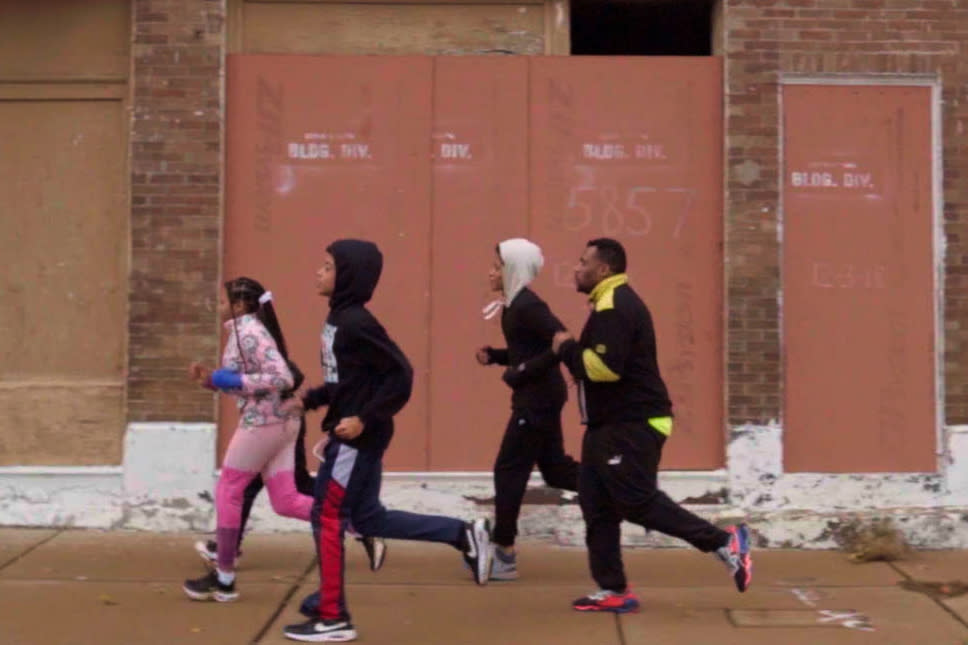How MLK boulevards throughout the country are inspiring change
A new documentary released last week aims to parse why so many streets named for the late civil rights leader Martin Luther King Jr. have become symbols of blight and inequality.
“Avenues of Dreams: Reclaiming MLK Boulevards” highlights scholars, business owners and residents in St. Louis and Baltimore working to restore their neighborhoods with an eye toward honoring King’s vision of an equitable nation for all people.
In the summer of 2020, producer Amber Payne began to research Martin Luther King Jr. boulevards and the Black communities they were in. Her focus soon went to Baltimore and St. Louis.
“It’s a story that I’ve been thinking about for years,” said Payne, a former NBCBLK editor. “So it just became a dream of mine to find a way to tell that story.”

The film is a collaboration of Comcast NBCUniversal’s Voices of the Civil Rights Movement and cable provider Xfinity’s Black Experience. Comcast owns Xfinity and NBCUniversal, the parent company of NBC News.
The struggles of Black people in cities like Baltimore and St. Louis are examined through old, abandoned buildings that populate streets named for King. The poor conditions of the properties reflect systemically racist policies that continue to prevent the development of Black communities.
Nneka N’namdi, the founder of Fight Blight Bmore, leads a campaign to revitalize underdeveloped neighborhoods in Baltimore and address elements that have led to decline in some areas of the city. She points to practices like redlining and other policies that created segregation and economic inequality across Black neighborhoods throughout the city.
In the early 1900s, the city became the first in the country to implement a housing ordinance to prevent Black residents from moving into areas where primarily white residents lived. The legacy of such restrictive covenants and other discriminatory practices has made Baltimore a segregated city to this day, N’namdi says.

The inequality gap between Black and white neighborhoods in Baltimore is paralleled in St. Louis. A 2018 report by Washington University in St. Louis found that Black people are disproportionately more likely to live in the city of St. Louis, rather than in its surrounding suburbs. The report attributes exclusionary zoning laws for driving segregation, which still persists and affects employment to life expectancy.
Farrakhan Shegog, the president of Young Voices With Action, said the abandoned buildings along MLK Drive reflect the flight of both white and Black residents due to the crime and unappealing look of the neighborhoods. His organization trains the next generation of leaders who participate in community activism.
“Buildings like this affect not just the environment, but people’s own mental health and mental capacities,” Shegog says in the documentary. “To see this, it’s to look at a summary of North St. Louis over the years — not just only white flight, but Black flight. Black folks fled the city, too.”
The stigmatization of neighborhoods in the era of redlining in cities like St. Louis, Baltimore, Los Angeles and Chicago continues around streets named after King, said Derek Alderman, a professor of geography at the University of Tennessee. In the film, Alderman says he believes MLK boulevards “are a litmus test” for where the country is coming to terms with the economic inequalities and systemic racism in Black communities.

“We suggest that these streets and their communities are somehow not worthy of investment or worthy of infrastructure improvement, not worthy of educational investment,” Alderman says, “and in some ways, it’s a perpetuation. Clearly the stigmatizing of streets named for Dr. King is reflective of a legacy absolutely found in redlining.”
Anderson adds that while the attention is on honoring King by living up to his memory and dream, it also broadens the context of how the country is either taking accountability for the problems Black Americans face in such neighborhoods or ignoring the issues they encounter.
“These street names, they’re not simply memorials for the sake of remembering the past,” he says. "They’re memorials for the sake of effecting social change.”
While many neighborhoods reflect America’s segregated past, there are people working to undo the harm, particularly in both cities featured in the documentary.
In St. Louis, change-makers like Aniya Betts travel door to door telling residents how they can get access to resources like utility bill assistance, rent assistance and warrant-lifting. The organization is proposing a $5.4 million mixed-use development project so the land can be owned by the residents who live there. The efforts of Shegog, Betts and other community members are made in hope of affecting residents while continuing King’s legacy.
“It’s important for us to incorporate the ideas of the elders in the youth so that those moments don’t get lost in history,” Betts says.
Speaking with residents like Betts, Payne said, is what inspired her to tell the stories in her documentary. She said she hopes the film pushes back against the narratives and stereotypes that communities of color are not able to pull themselves out of their circumstances.
“These people — young people and older people that we talked to — they’re not doing this for press,” Payne said. “They’re not doing this for accolades. They’re doing this to save their cities, to save their streets.”
